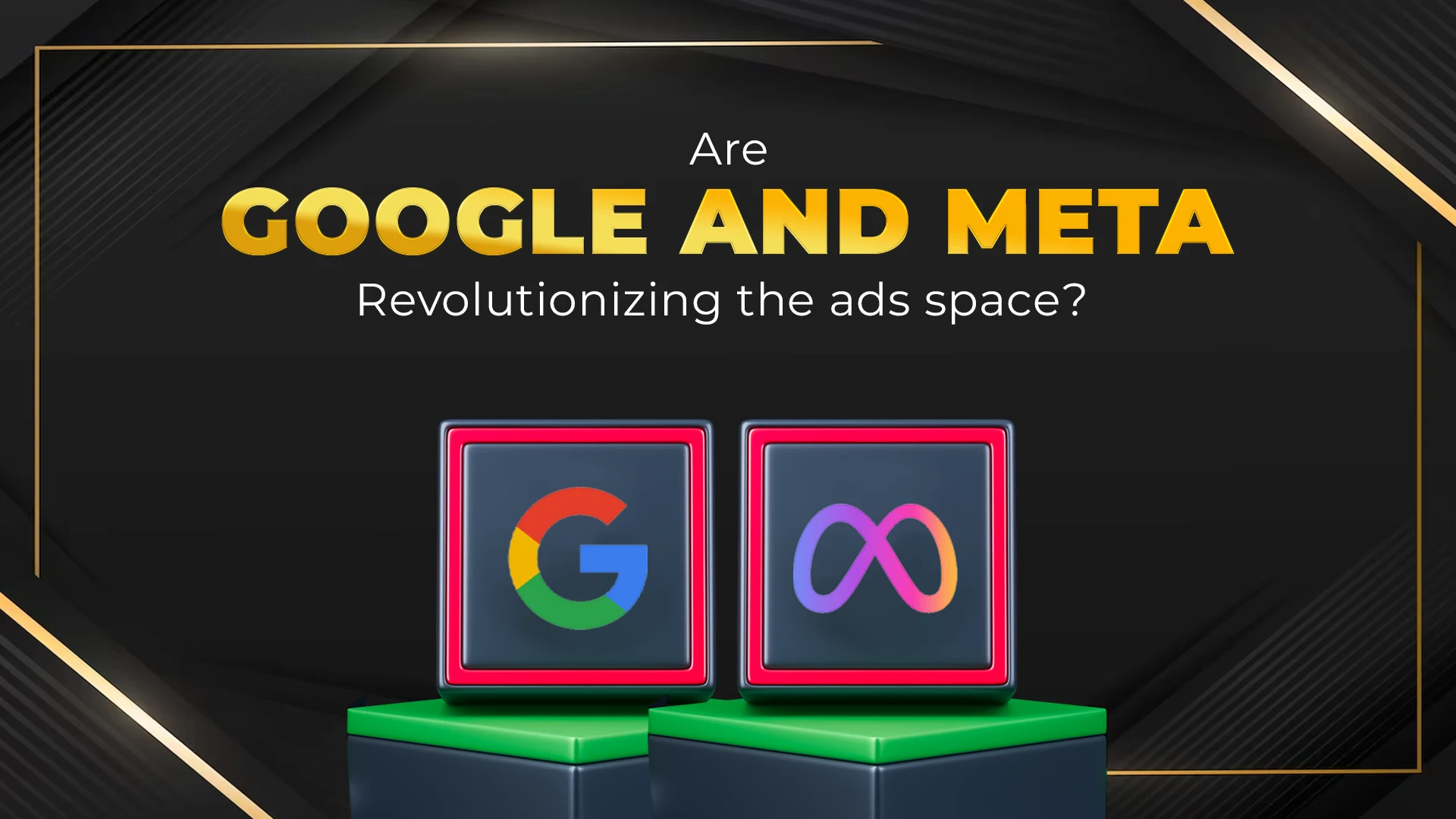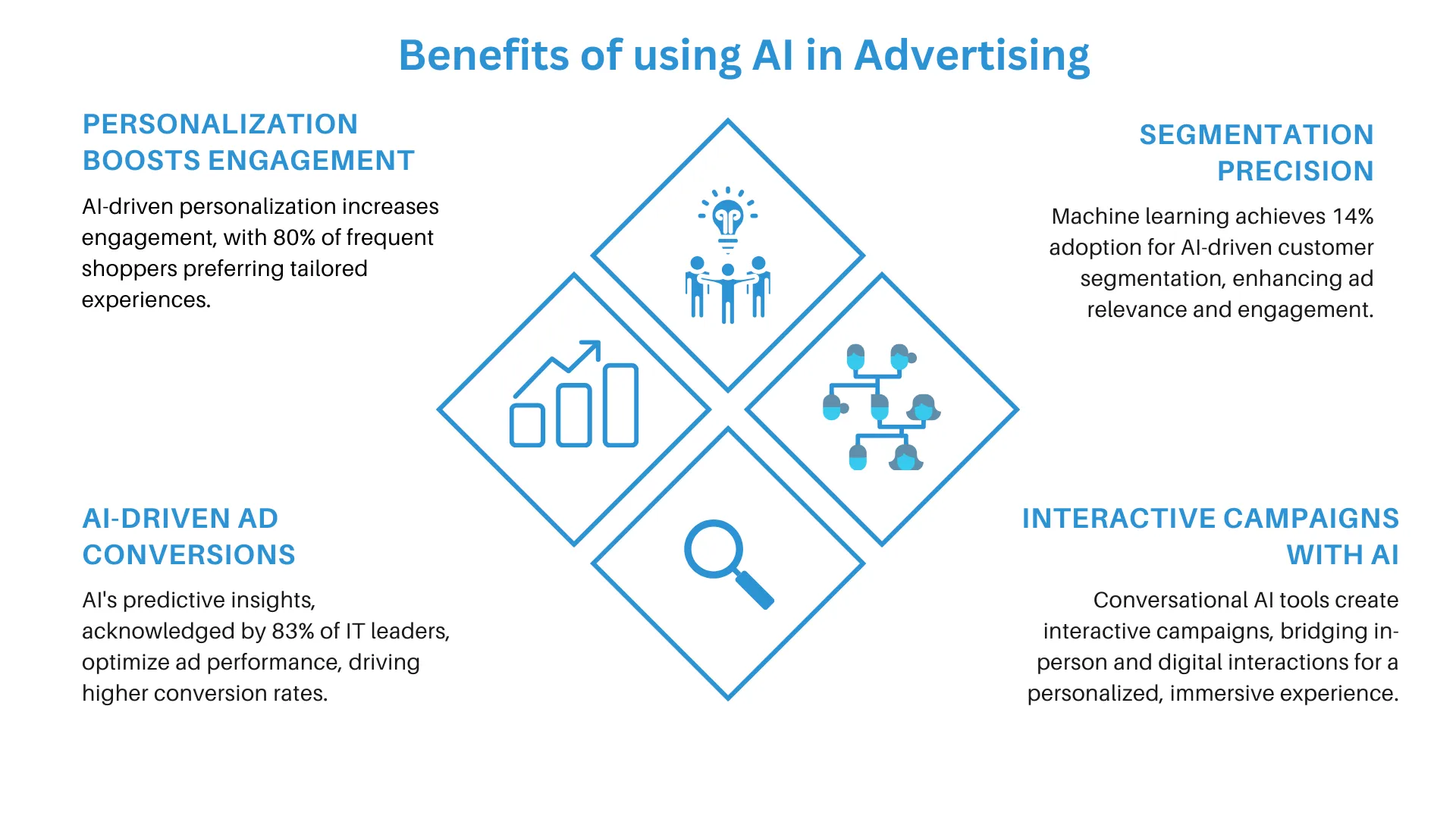Meta and Google have played a pivotal role in shaping our online experiences, from connecting us socially to revolutionizing how businesses reach their target audience. However, as the digital landscape undergoes significant shifts, questions arise about the continued dominance of Meta and Google. This blog explores the impact of Google Ads and Meta Ads on digital advertising, delving into their strategies, the role of user data, and the influence of AI and machine learning. Additionally, we’ll discuss future trends and innovations shaping the dynamic world of digital advertising.
Overview of Google Ads and Its Impact on Digital Advertising
Google Ads, formerly known as AdWords, has been a cornerstone of digital advertising for businesses aiming to connect with potential customers actively searching for products or information. The platform offers a variety of ad formats, including display ads, video ads, search ads, and app ads. Through precise keyword targeting, advertisers can strategically position their ads in front of users expressing specific intent through their search queries.
The effectiveness of Google Ads lies in its ability to reach a ready-to-buy audience, making it an invaluable tool for businesses looking for immediate results. Advertisers pay only when users click on their ads, providing a cost-effective way to drive relevant traffic to their websites. With features like Google Analytics and Conversion Tracking, businesses can monitor the performance of their ads and make data-driven adjustments for continuous improvement.
Overview of Meta Ads and Its Impact on Digital Advertising
Meta Ads, encompassing advertising on Facebook and Instagram, have revolutionized social media marketing. With detailed audience targeting options, advertisers can reach users based on demographics, interests, behaviors, and life events. Meta’s visual-centric platform, emphasizing images and videos, creates an engaging canvas for advertisers to convey their messages effectively.
The social nature of Meta platforms fosters user engagement, sharing, and discussions, providing advertisers with opportunities to create viral and interactive campaigns. The Meta Audience Network extends the reach of ads beyond the core platforms, amplifying the impact of campaigns. Additionally, features like the Facebook Pixel enable advertisers to track user actions on their websites, facilitating retargeting and personalized advertising.
Discussion on How Google and Meta Leverage User Data for Targeted Advertising
Both Google and Meta are data-driven behemoths, collecting extensive user data through various channels. Google gathers data from products like Search, Gmail, Maps, and YouTube, while Meta leverages its social platforms – Facebook and Instagram. The amount of data collected by these tech giants has raised concerns about user privacy, leading to increased scrutiny and calls for regulations.
Google Ads utilizes user data to target ads based on search intent, demographics, and online behavior. Advertisers can tailor their messages to specific audiences, ensuring relevance and increasing the likelihood of conversions. Google’s powerful analytics tools provide insights into user interactions, allowing advertisers to refine their strategies for optimal performance.
Meta Ads, on the other hand, leverage user data to create highly targeted campaigns. Advertisers can tap into detailed demographics, interests, and behaviors, reaching niche audiences with precision. The Meta Audience Network expands the reach of ads to partner websites and apps, maximizing exposure.
AI and Machine Learning in Advertising
Artificial Intelligence (AI) and machine learning have become integral to the success of digital advertising on both Google and Meta platforms. These technologies enable advertisers to automate processes, optimize campaigns, and deliver personalized experiences to users.
Google Ads harnesses machine learning for Smart Campaigns, an automated solution designed for simplicity. It uses data to optimize ad delivery, targeting, and bidding, ensuring that advertisers achieve their goals efficiently. The Google Ads platform also offers features like Responsive Search Ads, where machine learning dynamically adjusts ad content based on user behavior.
In the realm of Meta Ads, AI plays a crucial role in optimizing ad delivery, predicting user engagement, and facilitating personalized recommendations. Machine learning algorithms analyze vast datasets to understand user preferences, enabling advertisers to create more engaging and relevant content.
Benefits of using AI in Advertising
1. Personalization Enhances Customer Experiences
AI-driven personalization, integrating demographic, behavioral, and interest data, has become paramount. A staggering 80% of frequent shoppers prefer personalized experiences, highlighting the importance of tailoring ads to individual preferences. Conversational marketing AI solutions further fortify brand-consumer relationships, delivering real-time interactions and elevating shopping experiences.
2. Segmentation Amplifies Audience Targeting
Machine learning facilitates precise audience segmentation, recognizing patterns in behavior and preferences. Effective segmentation enhances ad relevance, a critical factor in increasing engagement rates. McKinsey Analytics reports a 14% adoption of AI for customer segmentation, emphasizing its role in delivering content that resonates with specific audience segments.
3. Enhanced Ad Conversion through AI Insights
AI’s predictive capabilities enable advertisers to move beyond traditional A/B testing, predicting ad performance based on historical trends. Salesforce Research reveals that 83% of IT leaders acknowledge AI and ML’s transformative impact on customer engagement, underlining their role in targeting the right audience with compelling ads that drive conversions.
4. Interactive Experiences with Conversational AI
Conversational marketing tools powered by AI create interactive campaigns tailored to real-time customer interactions. These personalized experiences bridge the gap between in-person and digital interactions, optimizing online experiences and fostering stronger connections.
Future Trends and Innovations
The future of digital advertising is poised for exciting developments. As user privacy concerns continue to grow, platforms may prioritize more transparent and ethical data practices. Additionally, advancements in AI and machine learning will likely lead to even more sophisticated targeting capabilities, enabling advertisers to connect with audiences in more meaningful ways.
Programmatic advertising, already gaining traction in the industry, is expected to see increased adoption. This automated, data-driven approach allows advertisers to target specific audiences in real-time, enhancing efficiency and precision. Innovations in augmented reality (AR) and virtual reality (VR) may open up new creative possibilities for advertisers, creating immersive experiences for users.
In conclusion, the digital advertising landscape is undergoing transformative changes, challenging the long-standing dominance of Meta and Google. While these giants remain crucial players, the diversification of platforms, the ethical use of user data, and the integration of AI and machine learning are shaping the future of advertising. Advertisers must stay agile, embracing emerging trends and technologies to stay ahead in this dynamic and competitive environment. As we look to the future, the ability to adapt and innovate will be key for marketers seeking to make a lasting impact in the ever-evolving world of digital advertising.
Contact us today to enhance your branding and advertising experience.


